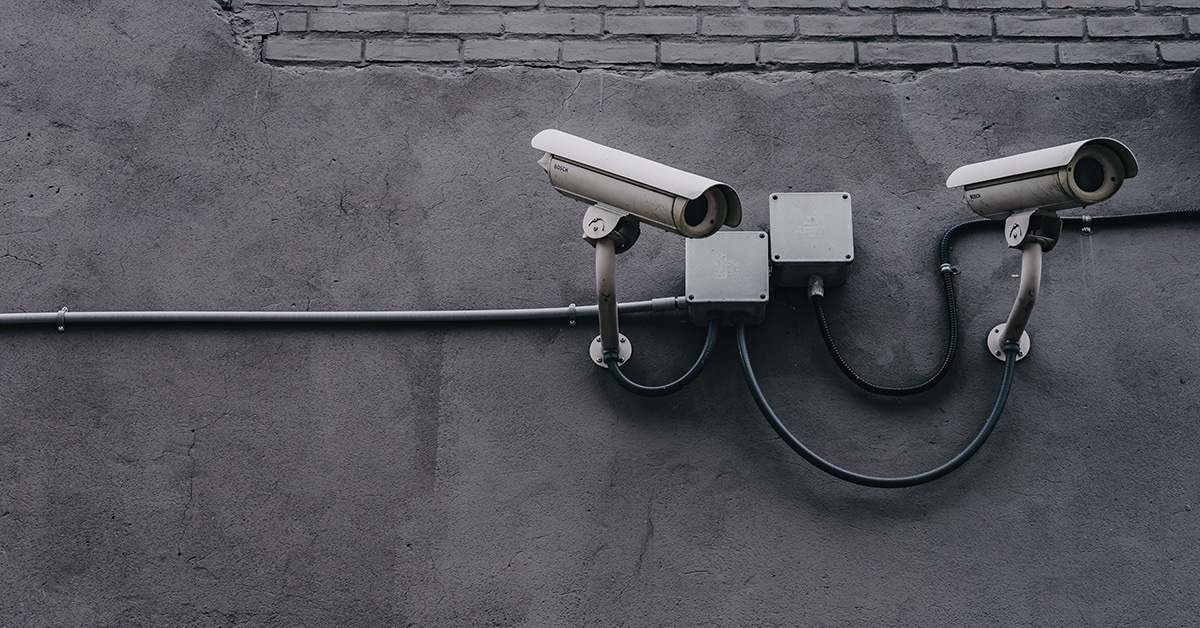Is it possible to keep your legacy systems intact and not suffer from operational inefficiency or complicated signal processing challenges? In some situations, security professionals can’t decommission a legacy security system that’s been in place for years. While you need to maintain that core system, there also comes a time to accept that you need a legacy system integration plan.
There is a way to integrate seamlessly, but you need to examine why you need to integrate (benefits and pitfalls), and to understand potential issues that can arise. You will build a strategy from there.
Integrating Legacy Security with Newer Systems
Why not cast off your legacy system and start anew? In an ideal environment, you’d agree, but there are many potential obstacles, besides the cost of a complete rip and replace, especially if it’s not in the budget. If you’re rethinking your security system, here’s why an integration may make more sense:
Shorter time to deployment
If you convert to a new system, there will be a migration period. It may take considerable time to do the changeover, time you might not have. You want to minimize downtime or impact and if you can’t do that by retiring a legacy system, integrating with a more efficient system will save time and also gives you the opportunity to plan longer term for ultimate replacement. Other considerations:
- You won’t lose your data – Sometimes, legacy systems bury data or it’s impossible to import to a new system because of sheer incompatibility. You can save this historical data when you work with a newer system that’s compatible. The other alternative is to maintain data silos, which are unwieldy and don’t help critical real-time insights.
- The old system works but needs better performance – You may not be looking to replace a legacy system because it’s working as expected, but it may be suffering from slower performance. By coupling it with a new system, you can improve it so it’s faster and more reliable.
- It won’t blow your budget – Completely replacing a security system can be a substantial investment, and that may not be in line with your allocated dollars. The smaller investment in a system that enhances its current capabilities through integration could deliver what you need at the right price.
While integration will help you solve these problems, it doesn’t mean that it will be a painless process. You can expect some difficulties along the way.
Possible Perils of Integrating Legacy Security
If only legacy system integration was as easy as adding an API. If that’s not an option, you could face some of these challenges:
- No documentation: Older systems, which may have limited support from their providers, don’t provide a complete picture as far as documentation. Since initial deployment, there have been patches and updates. Without full disclosure on the history of its architecture—add-ons and upgrades or changes to the solution—it may be harder to integrate.
- Monolithic systems are too blended: If you’re dealing with a monolithic system, its inability to separate functional components like user interfaces, data processing and error handling can be problematic. Integrations require more work with architectures you can’t decouple.
- High security risks: One of the biggest issues of any legacy system is its vulnerabilities. That’s especially true if it’s not receiving regular updates. The integration itself becomes a high-risk procedure since there’s going to be some type of data transfer required.
- Lack of experienced talent: You want to integrate to modernize your operations, but you lack the skillsets or access to technicians. According to a data protection trends report, 44% of companies stated they couldn’t proceed with modernization due to a skills gap or lack of talent.
Overcoming Challenges for a Smoother Integration
You’re at a turning point. You need to integrate, but challenges are standing in your way. To move forward, you’ll have to map out your steps and strategies with these four steps.
- Develop a set of standards and processes. This won’t make up for the lack of documentation on your legacy system but it will provide you with protocols and processes for the integration.
- Conduct an architecture audit of the legacy system. By doing this, you better understand all the parts of the new system you want to keep and how systems will interact.
- Limit risk exposure by a thorough pre-integration assessment mitigating any shortcomings by leveraging capabilities in your new system. You may be able to overcome any potential pitfalls in the legacy platform with a boost from the new, more modern solution.
Legacy Systems Don’t Have to Derail the Adoption of New Technology
If you’re in a situation that requires you to keep a legacy system, integrations may be the best answer. By working through challenges with a strategic vision, the impossible becomes attainable. Explore your options and find the right fit to take your company forward.
KEEP READING: Integrating IT and Physical Security



